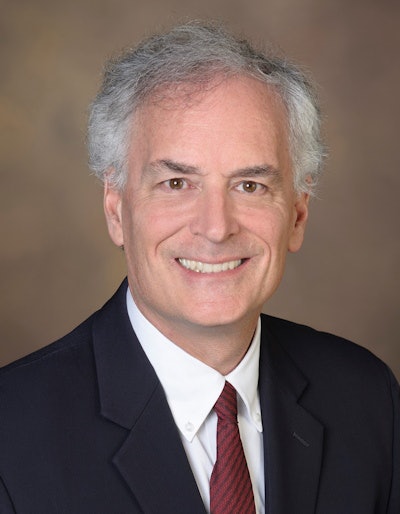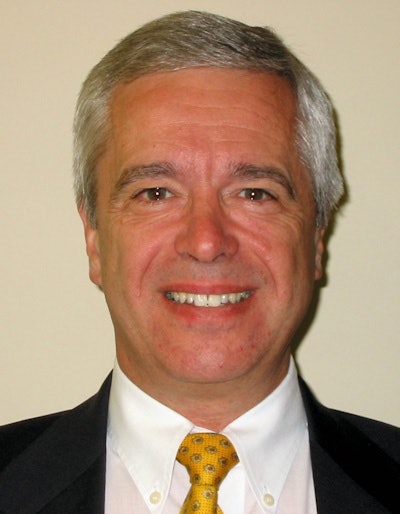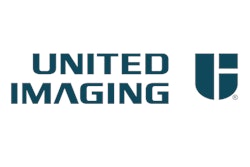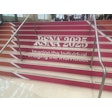
Today's radiology leaders face myriad challenges. From managing pandemic-related workplace disruptions to coping with historic turnover in the labor force, leaders of radiologists, radiology administrators, and radiologic technologists need to be empowered to make decisions and thrive in their professional positions.
Strong leadership skills are increasingly necessary given additional challenges that include a new generation of workers entering the labor force, as well as recognition of the need for more diversity, equity, and inclusion (DEI) across all industries, not just healthcare.
Fortunately, there are resources and tools available that will help today's radiology leaders achieve what many key opinion leaders we spoke with believe is the secret to effective organizations: Leadership is more than just a title.
Why leadership needs to be different in 2022
Leadership in radiology today has to be different than it was when radiologists completed training 30 years ago, according to Dr. Frank Lexa, chief medical officer at the Radiology Leadership Institute (RLI) of the American College of Radiology (ACR).
 Dr. Frank Lexa.
Dr. Frank Lexa."Things are more complicated," Lexa said. "There are greater economic pressures on radiologists. It is different today than it was 30 years ago. There is a greater need for coordination and collaboration, a need for playing well and working with others outside radiology. You have to be collaborative."
The COVID-19 pandemic has had a dramatic impact on day-to-day operations in radiology and has tested how well radiology can respond to unprecedented transformation.
"COVID is just one example of where you have to be able to handle the unexpected," Lexa said. "You have to be able to change things quickly when the circumstances demand it. COVID is a case study."
The pandemic drove home that all players in the radiology space -- the radiologists, the technologists, and the administrators -- had to make major shifts and that leadership is about actions that are taken and not about a title that one holds, according to Lexa.
"We had to rethink how we clean the scanner, how we protect ourselves, how we protect patients, and their families," Lexa said. "And we had to deal with the fact that if three radiologists got sick, that we were sometimes short staffed. We had some people working solely from home."
Dealing with the 'Great Resignation'
The COVID-19 pandemic has caused what is easily the greatest challenge facing radiology leaders today -- the Great Resignation, a wave of retirements and job changes that have left organizations around the world short-staffed.
 Dan Kelsey.
Dan Kelsey."I think that's the biggest challenge facing leaders in radiology today," said Dan Kelsey, CEO of AHRA. "The one thing that I'm hearing from some of our members is that staffing is impacting professional development budgets and affecting other opportunities for staff to receive education."
Needless to say, staffing problems make succession planning extremely challenging, Kelsey noted.
"It's very difficult to even think about succession planning," Kelsey said. "People aren't available to cover for other people. If someone's trying to learn a new skill set or deepen their skill set, they can't really take the time off to do that because there's no one who wants to cover for them."
Fitting new expectations
Another major challenge faced by radiology leaders today is adapting their management style to fit expectations of a new generation of workers, namely Generation Z, according to Myke Kudlas, associate executive director of the American Society of Radiologic Technologists (ASRT).
 Myke Kudlas.
Myke Kudlas.Kudlas points out that as Generation Z starts to populate the radiology workforce, leaders in radiology will have to adapt to changing expectations.
"As Gen Z enters the workforce, the shift will be toward a workforce that is digitally savvy, expects transparency from management, and desires to work in an environment that is increasingly diverse in terms of workforce and work assignments," Kudlas said.
Indeed, Gen Z workers may not see the utility of holding in-person meetings when there are time-saving alternatives offered through technology.
"Hour-long department meetings, for example, could become a thing of the past as younger technologists prefer to be updated about departmental changes digitally," Kudlas said. "These changes to the field and to the workforce are going to require growth from everyone, especially current leaders, which may be uncomfortable for some."
Programs focus on leadership
Fortunately, there are a variety of programs available that can help the leaders of today's radiology organizations adapt to the changing environment and develop leadership skills among themselves and their staff.
ASRT offers a Student to Leadership Development Program that involves selected individuals embarking on a three-year program where participants can familiarize themselves with the ASRT, attend educational sessions, and network with medical imaging and radiation therapy professionals.
Meanwhile, the AHRA has developed an ongoing education program called the Leaders of Choice Program that's designed to cultivate next-level leaders among radiology administrators. The program is supported by funding from medical imaging vendor United Imaging.
The one-year program consists of an initial half-day workshop that was held at the AHRA 2022 annual meeting in Phoenix on July 10-12, followed by nine webinars, and culminating with a session at AHRA 2023.
"The webinars will cover many business-oriented topics," including finance and human resources, said David Waldron, CEO of Traction Business Development and speaker at AHRA 2022. Traction worked with AHRA on content for the program.
 David Waldron.
David Waldron.Participants in the program will work on a capstone project -- a multifaceted body of work that will serve as a culminating academic and intellectual experience for students -- and will present their project at AHRA 2023.
"Everyone will work on a different project that will be relevant to their own professional situation," Waldron said. "At the annual meeting in 2023, they will present their capstone project. It would be like a graduation ceremony."
Leadership in radiology in 2022 needs to be patient-centric, Waldron believes.
"How can you treat a patient in such a way that the patient goes back to their referring doctor and says that radiology was a really great experience?" he said. "Make sure your people are giving people the best patient experience. You need to understand the patient sequence through the system, and make sure you build the right bridges and the right processes with the other departments that are all involved."
For radiologists, the ACR's Radiology Leadership Institute offers a program that helps them develop their leadership skills. Lexa believes that the COVID-19 pandemic illustrated that true leadership is about more than just titles,
"It really highlighted one of the notions of leadership that we definitely talk a lot about in the Radiology Leadership Institute, which is that being a leader is not about having a title," Lexa said." It's about function and the tasks that you carry out."
Now in its 10th year, the RLI offers a path to leadership that Lexa notes is considerably less of a financial investment than completing a Master of Business Administration (MBA) degree program, essentially offering better return on investment (ROI).
"I am frequently asked by other (usually younger) radiologists if they should get an MBA," Lexa said. "My short answer is that we should talk, because it depends. When I talk with them, I can help them figure out if they really need the degree or if it's that they want to learn about leadership. If it's that they need leadership training, they should definitely go to the RLI because it's inexpensive and very convenient."
The importance of diversity, equity, and inclusion
With a diverse population of patients continually interacting with radiology, the ASRT notes the importance of augmenting the diversity of radiologic technologists and radiology leaders and ensuring inclusivity in leadership, Kudlas said. To that end, the ASRT recently created the Diversity Leadership Development Program (DLDP).
"This new program will continually and systematically work to ensure all of our members' voices are being heard at the leadership level of ASRT and, by extension, help share the skills our members need to improve diversity in leadership at their respective institutions," Kudlas said.
The AHRA has also advanced diversity, equity, and inclusion (DEI) through its committees and continues to make DEI a priority, according to Kelsey.
"We are continuing to try to make progress on so that the association as a whole better reflects the emerging profession," Kelsey said, noting the association's past president, current president, and president-elect are all women. "I think in terms of other aspects of DEI, we recognize where we are and where we need to get to."



















